Strong decentralization and streamlined procedures
The biggest change in the draft is to ensure consistency with higher-level legal documents, especially compliance with the 2017 Planning Law. Accordingly, the draft has completely omitted regulations on the establishment, appraisal, approval and management of dry port development planning (Articles 11, 12, 13, 14 of Decree 38/2017/ND-CP), affirming that the Dry Port System Development Planning is the only technical and specialized planning under the approval authority of the Prime Minister .
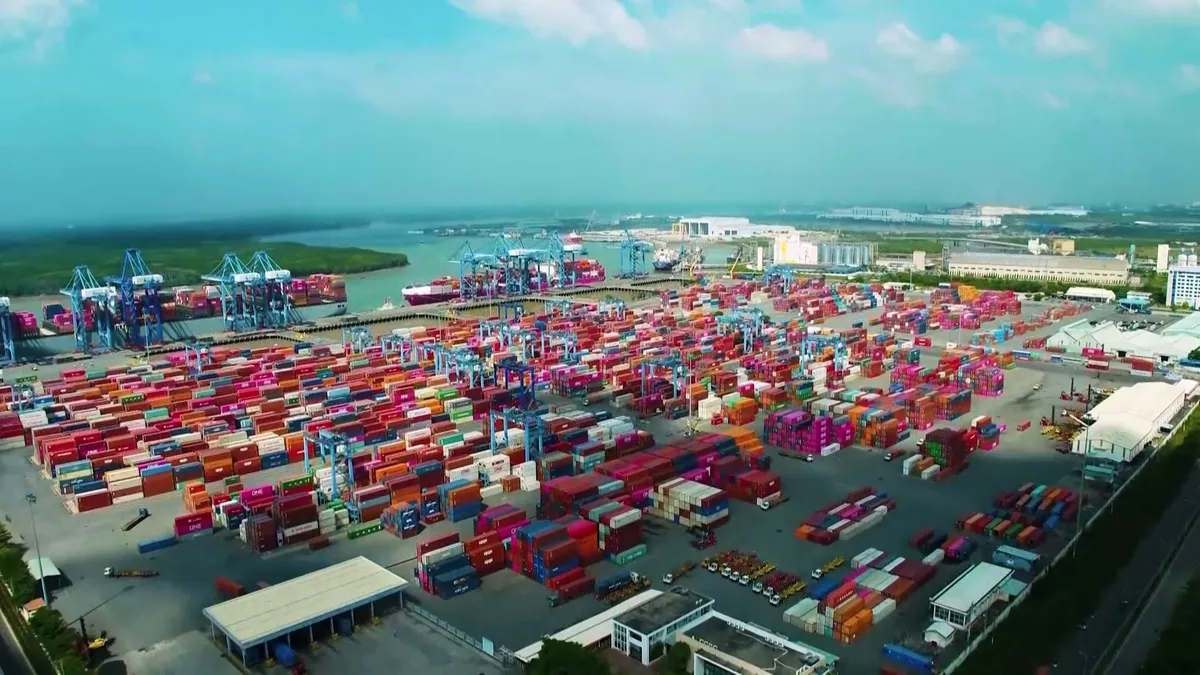
Draft Decree regulating investment in construction and management of dry port exploitation, drafted by the Ministry of Construction, to replace Decree No. 38/2017/ND-CP dated April 4, 2017 of the Government.
The draft also updates the names of the management agencies after the arrangement, in which the Ministry of Construction is the focal agency to help the Government organize the implementation of State management of dry ports and coordinate inter-sectoral activities. The Vietnam Maritime Administration is renamed the Vietnam Maritime and Waterways Administration.
In particular, the draft clearly specifies the policy of decentralization and delegation of power. The authority to carry out the procedure of changing the name of dry ports is transferred from the Vietnam Maritime and Waterways Administration to the Provincial People's Committee. According to the new regulation, enterprises themselves carry out the change of the name of dry ports and only need to notify in writing to the relevant agencies (Vietnam Maritime and Waterways Administration, General Department of Customs, Provincial People's Committee) for updating and management.
This move helps streamline administrative procedures, in accordance with Decree No. 144/2025/ND-CP. Investors and dry port operators will now proactively decide to suspend or close dry ports (in case of maintenance, repair or expiration of operation period) and send notices to relevant agencies for synthesis.
Regulations on the composition and method of submitting documents have also been amended to suit the application of information technology, aiming to minimize direct contact.
In addition, the Transitional Provisions stipulate that import-export customs clearance points (ICDs) that have received conversion dossiers but have not yet received approval in principle after the effective date of this Decree will no longer have to carry out procedures for approval in principle to convert into dry ports.
Tightened technical criteria: optimize connectivity and space
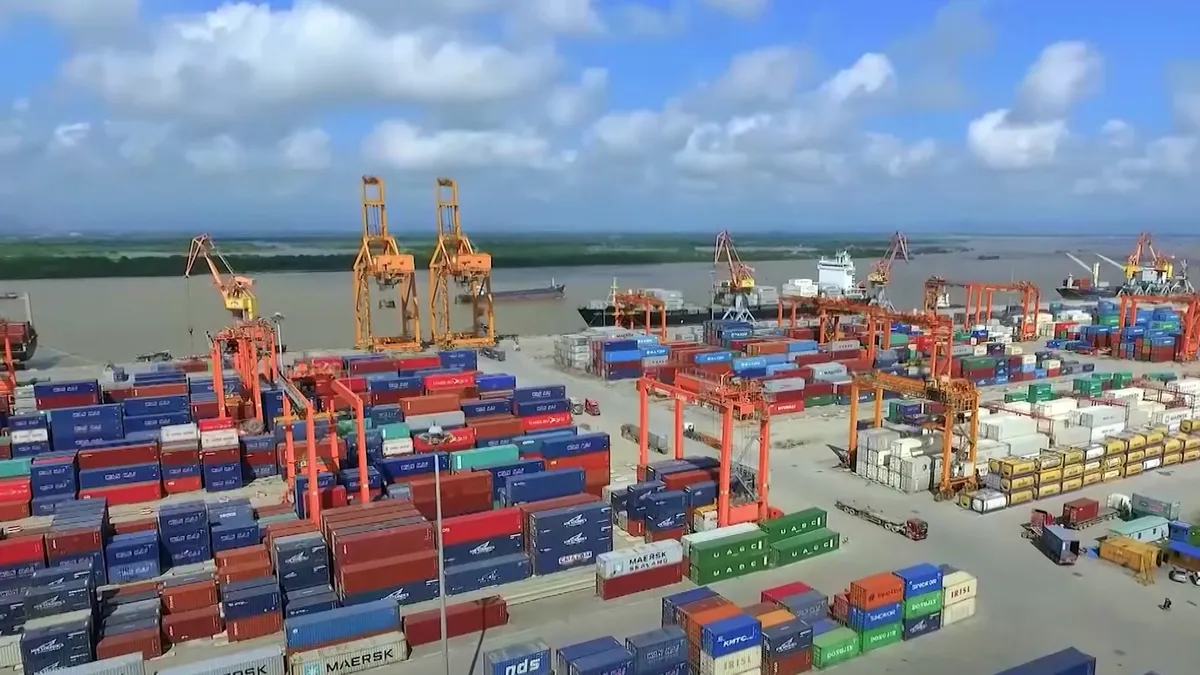
To optimize the role of dry ports as transport hubs, the draft provides specific technical and connection criteria.
To optimize the role of dry ports as transport hubs, the draft has introduced tighter technical and connectivity criteria. The criteria for defining dry ports require at least two modes of transport to organize multimodal transport, or direct connection with a high-capacity mode of transport. High-capacity modes of transport are clearly defined to include waterways on routes of level II or higher, railways, and expressways.
Notably, for newly formed dry ports, the area criterion is required to have a minimum area of 05 hectares to meet long-term development needs.
In addition, import and export customs clearance points (ICDs) in accordance with the dry port planning will have to be converted into dry ports during the planning period and carry out procedures to announce the opening of dry ports according to this Decree.
Mr. Dao Trong Khoa, Chairman of the Vietnam Logistics Association (VLA), emphasized the requirements for the Drafting Committee. He said that the Draft should aim for the spirit of "one door - one process - one contact" to help businesses implement quickly, transparently and effectively.
According to Mr. Khoa, the Drafting Committee needs to review and unify the system of concepts, avoiding overlap in management scope and authority, because currently, the terms "dry port", "logistics center", "customs clearance point", "customs clearance location" are being used inconsistently in many documents.
He also emphasized the need for a "one-stop shop" mechanism in the investment process, especially the interconnection mechanism between the Ministry of Construction (infrastructure management) and the Ministry of Finance (General Department of Customs) to simplify the process for businesses.
Source: https://vtv.vn/bo-xay-dung-hoan-thien-khung-phap-ly-cang-can-tap-trung-phan-cap-va-siet-chat-tieu-chi-ket-noi-100251121113443012.htm


![[Photo] General Secretary To Lam receives President of the Senate of the Czech Republic Milos Vystrcil](/_next/image?url=https%3A%2F%2Fvphoto.vietnam.vn%2Fthumb%2F1200x675%2Fvietnam%2Fresource%2FIMAGE%2F2025%2F11%2F21%2F1763723946294_ndo_br_1-8401-jpg.webp&w=3840&q=75)
![[Photo] Visit Hung Yen to admire the "wooden masterpiece" pagoda in the heart of the Northern Delta](/_next/image?url=https%3A%2F%2Fvphoto.vietnam.vn%2Fthumb%2F1200x675%2Fvietnam%2Fresource%2FIMAGE%2F2025%2F11%2F21%2F1763716446000_a1-bnd-8471-1769-jpg.webp&w=3840&q=75)


![[Photo] National Assembly Chairman Tran Thanh Man holds talks with President of the Senate of the Czech Republic Milos Vystrcil](/_next/image?url=https%3A%2F%2Fvphoto.vietnam.vn%2Fthumb%2F1200x675%2Fvietnam%2Fresource%2FIMAGE%2F2025%2F11%2F21%2F1763715853195_ndo_br_bnd-6440-jpg.webp&w=3840&q=75)
![[Photo] President Luong Cuong receives Speaker of the Korean National Assembly Woo Won Shik](/_next/image?url=https%3A%2F%2Fvphoto.vietnam.vn%2Fthumb%2F1200x675%2Fvietnam%2Fresource%2FIMAGE%2F2025%2F11%2F21%2F1763720046458_ndo_br_1-jpg.webp&w=3840&q=75)
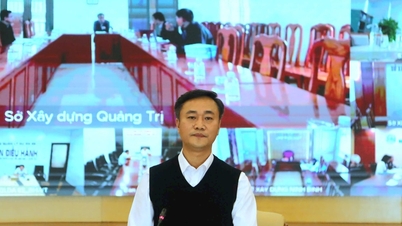

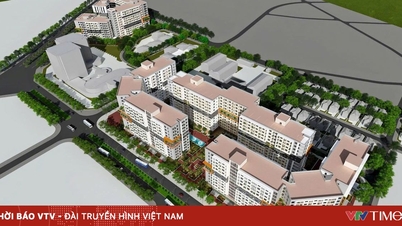
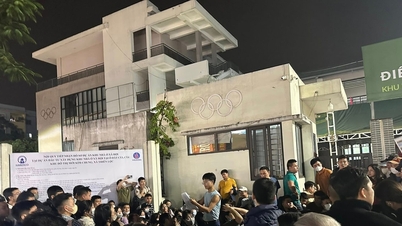



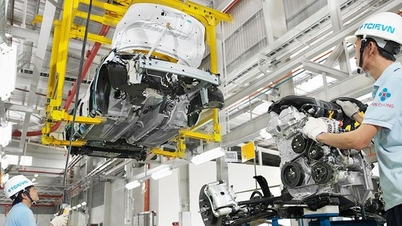
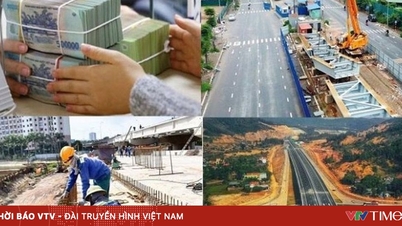
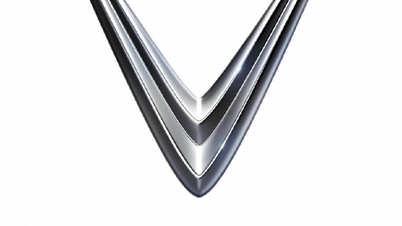

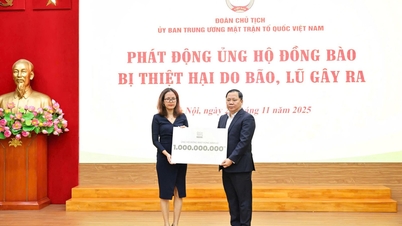



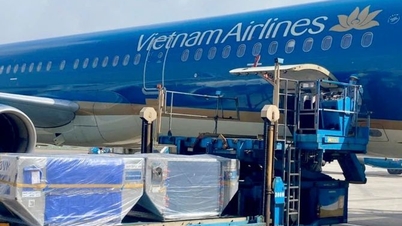

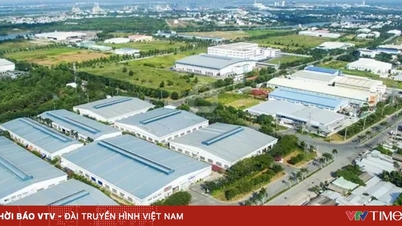








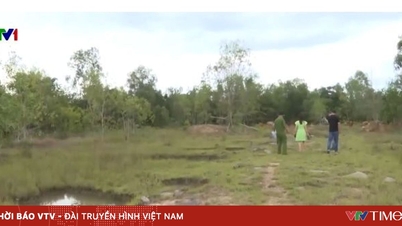
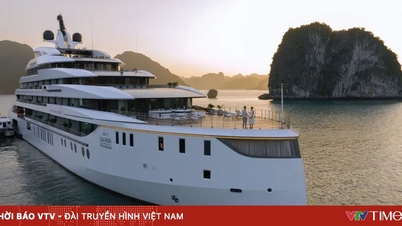












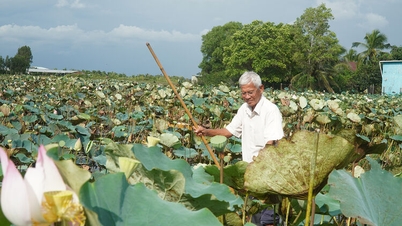










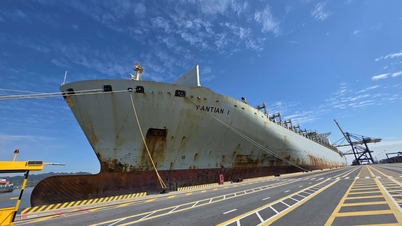

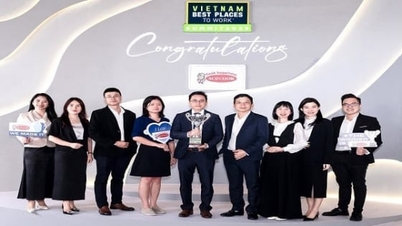


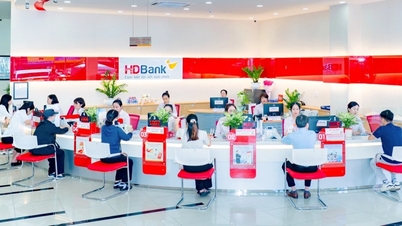







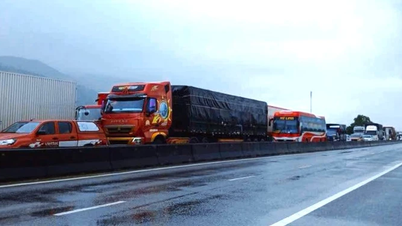



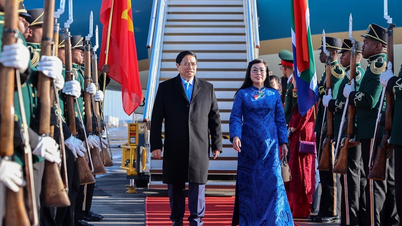

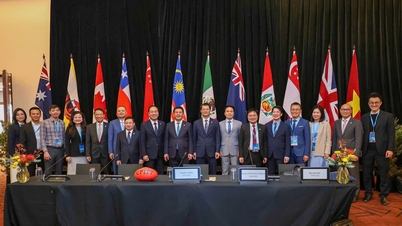






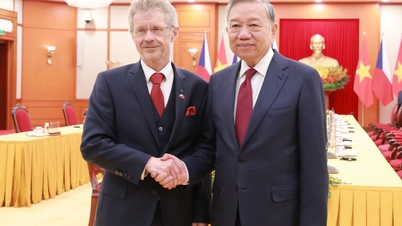

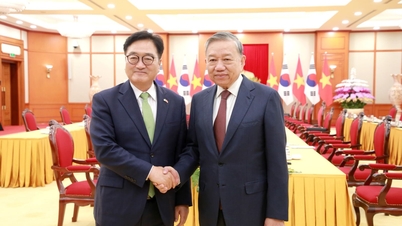


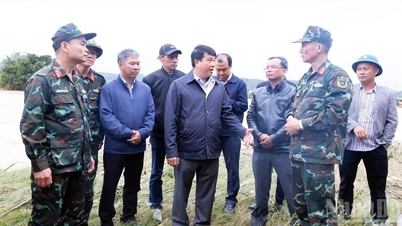
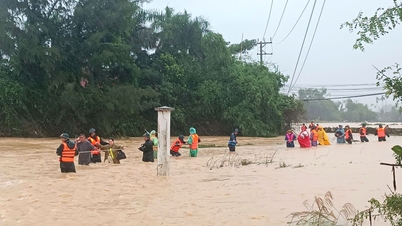




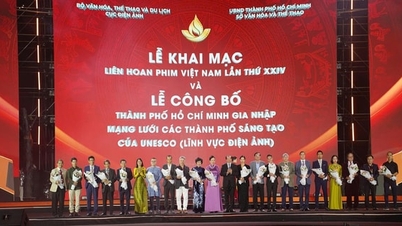













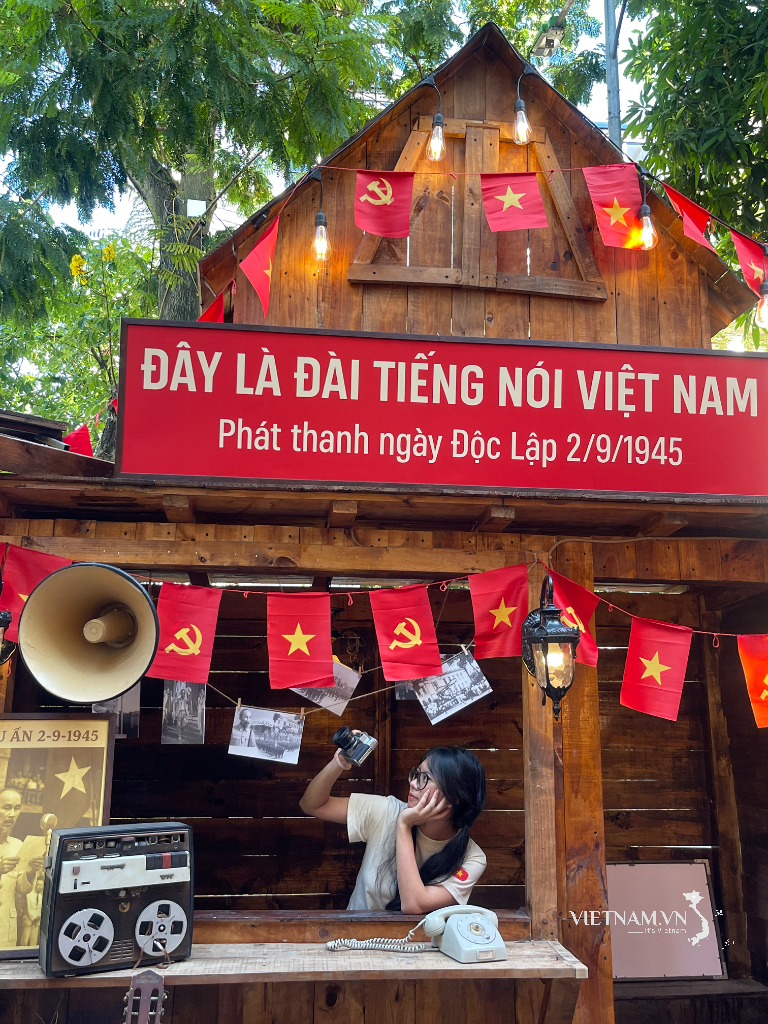

Comment (0)